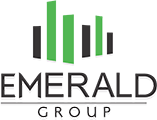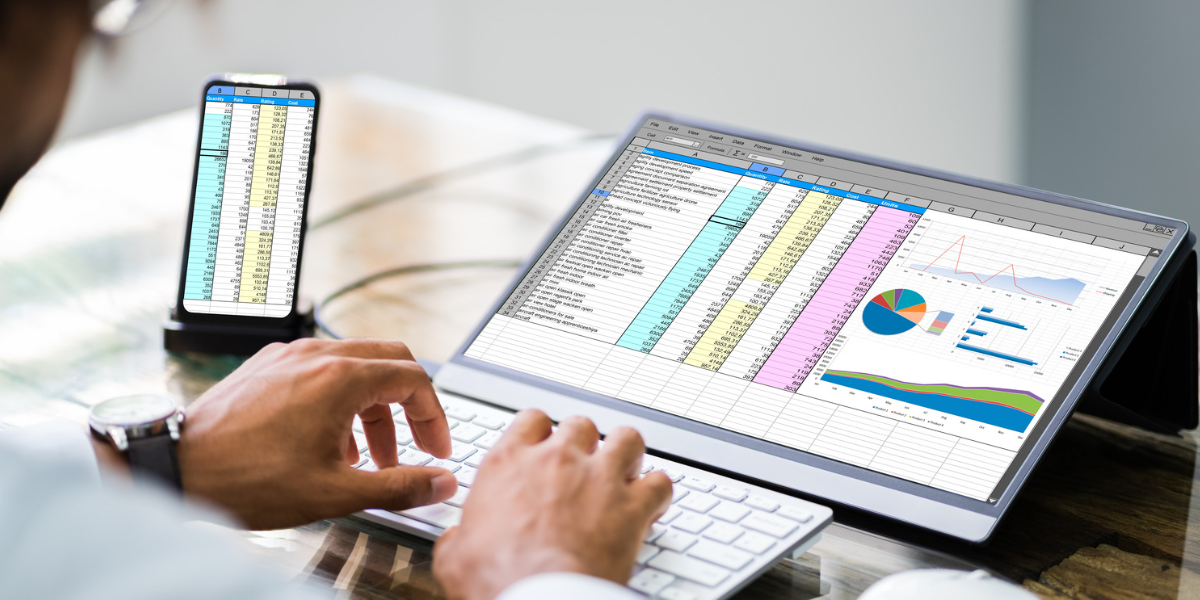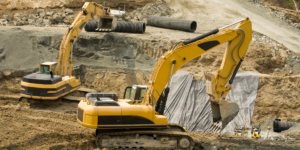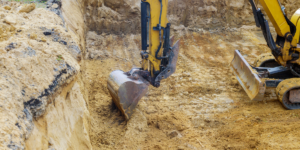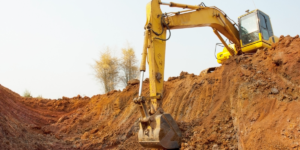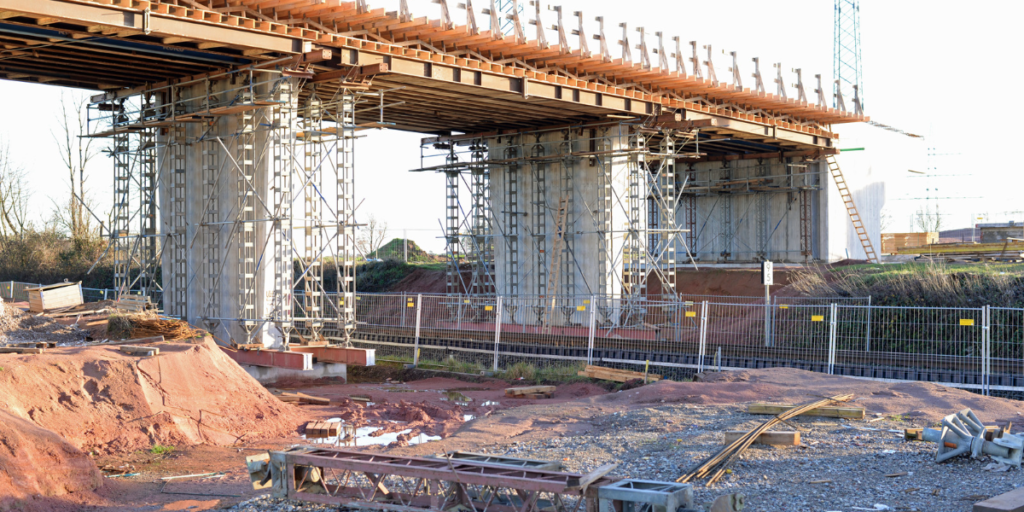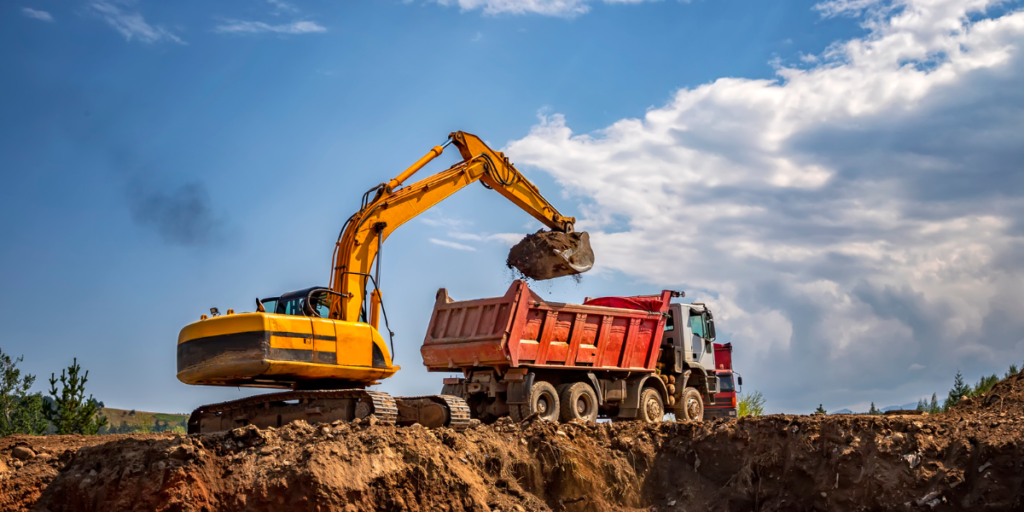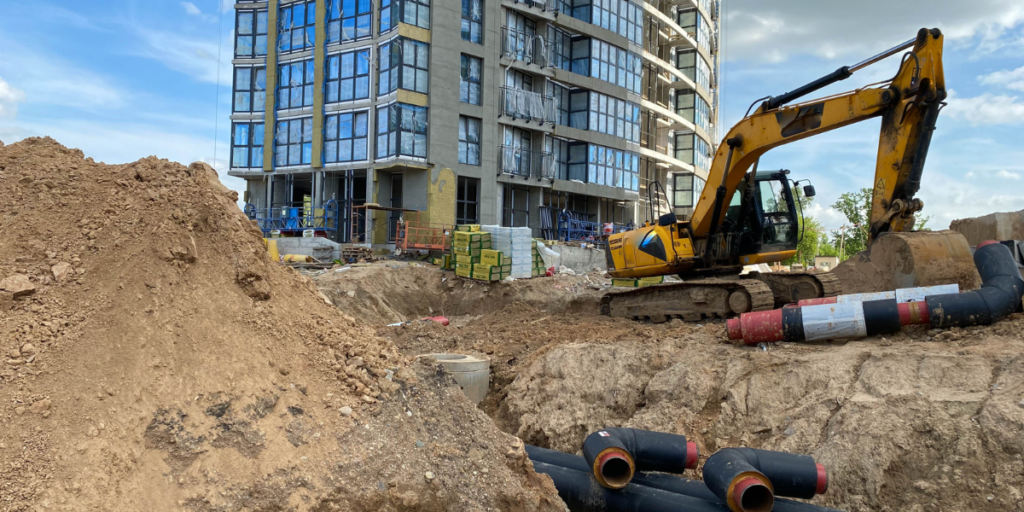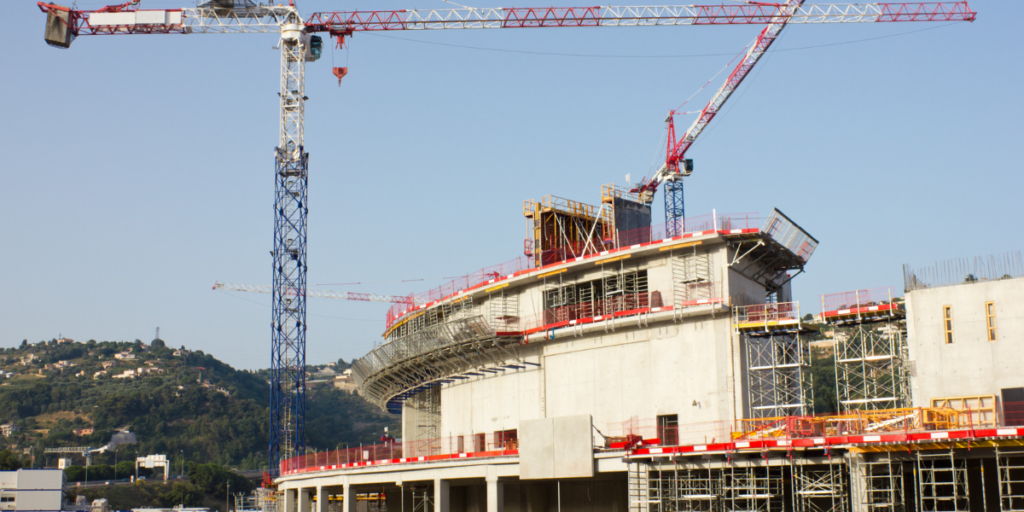The 4 Best Ways to Get the Most Out of Your Software Adoption
Like all industries in 2017, heavy civil construction is not immune to the practical need for adopting digital technology designed to streamline operations and connect workflows.
Suppose you have made the decision to implement a software solution. In that case, you are likely familiar with the vast benefits it can provide, especially for an industry so traditionally reliant on paper-based processes. A computerized maintenance management system, or CMMS, is completely worth the investment, but only if you leverage everything it offers.
Realizing the Capabilities of a CMMS
A CMMS for heavy civil construction companies can do much more than simply provide a replacement for paper processes. It can allow you to be much more strategic in your equipment maintenance and your decisions about replacing versus repairing or purchasing versus leasing. This more strategic approach helps keep projects on time and within budget.
A CMMS also helps in the following ways:
- Insight into Equipment: Understand what’s happening with your equipment at all times. If the same piece of equipment keeps breaking down from the same issue, chances are you’d like to know–and you’d like to be able to choose how to address the situation in the most effective way.
- Proactive Equipment Maintenance: Rethink how your mechanics are scheduled and dispatched for equipment service and repairs with a more proactive and automated approach to preventive maintenance.
- Telematics Capabilities: You can only benefit from more data. Utilizing telematics capabilities for your fleet helps you fully understand the data coming in and use it to inform proactive and preventive equipment maintenance.
- Inventory Management: Empower your parts and purchasing operations. A CMMS allows you to get a real-time look at your inventory and a proactive look ahead at your upcoming requirements to ensure you have the needed parts.
There are great benefits to implementing a CMMS; however, other steps are critical to ensure your company uses your maintenance management software to its fullest capability.
These steps include changes within your company’s organization and processes that must occur parallel to the CMMS implementation.
The 4 Top Considerations for a Successful Implementation of Your CMMS
1. Data Structure Analysis
The Scenario: Imagine a piece of equipment that continues to break down. Your mechanic keeps returning to the field to fix that equipment, but there hasn’t been proactive tracking around the type of problems the equipment has been having and what was done to fix it.
The Software Solution: With a CMMS, you’ll have access to coding structures that pinpoint how something happened to a piece of equipment in your fleet, where it happened, and what was done to fix it.
How to Make it Work for You: While implementing your CMMS, you must conduct an analysis of your fleet makeup to ensure you’ll be getting the best use of the codes. Suppose you can understand and leverage these codes to track trends, such as repeat repairs, to identify and remedy a problem. In that case, you will be able to meet your pre-determined key performance indicators (KPIs) with the software.
2. Moving to Proactive Equipment Analysis
The Scenario: Most of the work your mechanics are performing on your fleet is large maintenance repairs or break fixes. It’s difficult to understand and track which equipment needs what type of routine, preventive maintenance, so maintenance is only performed when something goes wrong.
The Software Solution: A CMMS allows you to move from reactive to proactive equipment maintenance by putting real-time equipment maintenance information right at your fingertips. Getting the right data into the software allows the system to automatically trigger preventive maintenance alerts, so you can take better care of your equipment.
How to Make it Work for You: You must set up your CMMS in advance and develop a process for it to be managed. Doing so empowers the system to pre-schedule preventive maintenance like oil and filter changes and alert you when it’s time. Ideally, equipment work that is not preventive maintenance should only make up 5-10 percent of the total maintenance being done. If you keep up with your preventive maintenance, major repairs won’t happen as often, and you’ll cut overall maintenance costs while increasing uptime.
3. Implementing Telematics [this section is a little confusing to me.
The Scenario: Your mechanic has had to visit the same job site twice because they didn’t know the piece of equipment that needed a break-fix last week and was also due for an oil change.
The Software Solution: Your CMMS can be integrated with telematics data, a component of the overall system that automatically triggers preventive maintenance work when it’s due. Telematics also provides real-time location information, regardless of the source. You can now easily maximize your mechanic’s time–and not just on the same piece of equipment, but with any work orders on nearby equipment as well.
How to Make it Work for You: Because the use of telematics allows the system to automatically trigger preventive maintenance using meter readings directly from the piece of equipment, it’s critical to have a process by which you can not only receive telematics information but also receive that information from other resources. Even if you choose not to incorporate telematics data, you can still manually import the data into the software. Being able to fully understand your data is key to maximizing time and cost.
4. Staying on Top of Parts and Purchasing
The Scenario: A piece of equipment is due for a brake pad replacement and needs the work completed in order to get back up and running safely. However, when inventory is checked, it turns out you don’t have the right brake pads available, and it will be two days before they come in and another day to perform the work and get the equipment back up and running.
The Software Solution: Your CMMS keeps track of your inventory based on planning and estimating. It anticipates your parts needs ahead of time and calculates ordering needs based on all part activity in the system, so you always have what you need for routine maintenance.
How to Make it Work for You: You must take time to estimate part needs on your work orders as part of a proactive approach to your maintenance to ensure it understands what parts are needed. Consider your inventory and how it corresponds with your field activities, and plan accordingly. The system will take care of the rest.
Being Strategic About the Cultural Change
Because a successful software implementation is all about developing a standard for the company and establishing KPIs, it’s critical to get your workforce onboard–and on the same page.
Consider appointing a software advocate–someone within the company who is responsible for helping your overall company workforce and culture makes the shift toward using the software. Once you have someone driving the change from the inside and advocating for the positive changes the software will have on individual responsibilities, it’s easier for your workforce to adopt the change.
Maintenance management software is not as simple as just turning it on and saying “go.” Still, it can be highly beneficial for your entire heavy civil construction operation if you plan properly, take the necessary steps to implement, and allow for the shift that must take place within your culture and workforce to make it a success.
About the author: John Kane is a product manager for B2W Software. He has had a leadership role in developing the company’s specialized B2W Maintain application for equipment maintenance and repairs. John has more than 15 years of project management, program management, technical data analysis and troubleshooting and reporting experience. He can be reached at [email protected].
